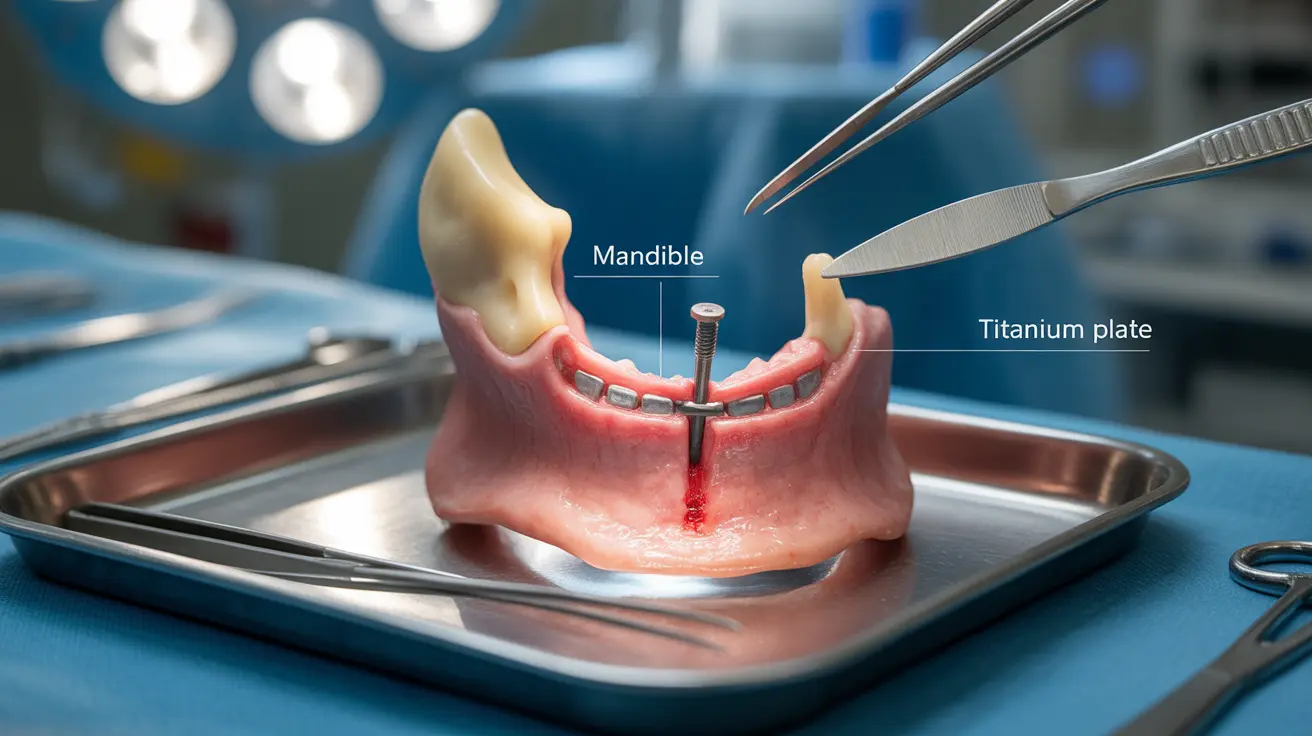Sliding genioplasty is an advanced surgical procedure that reshapes the chin by precisely repositioning the lower jawbone to enhance facial harmony and balance. This transformative surgery offers a permanent solution for individuals seeking to modify their chin projection, whether to increase prominence, reduce oversized features, or correct asymmetry.
Unlike temporary solutions or artificial implants, sliding genioplasty involves working with your natural bone structure to achieve lasting results that complement your facial features. Understanding this procedure's nuances, benefits, and considerations is crucial for anyone contemplating chin enhancement surgery.
Understanding Sliding Genioplasty
Sliding genioplasty, also known as osseous genioplasty, is a surgical technique where the lower part of the chin bone (mandible) is carefully cut and repositioned to achieve desired aesthetic and functional improvements. This procedure allows for multidirectional adjustments, including forward projection, reduction, or vertical modifications of the chin position.
During the surgery, your surgeon makes an incision inside your mouth, eliminating visible external scarring. The bone is precisely cut horizontally, allowing the lower portion to "slide" into its new position. Once positioned, the segments are secured with small titanium plates and screws, ensuring stable, long-term results.
Advantages of Sliding Genioplasty
This surgical approach offers several distinct benefits over alternative chin enhancement methods:
- Customizable results with three-dimensional adjustments
- Natural-looking outcomes using your own bone tissue
- No risk of implant-related complications
- Permanent results without material degradation
- Ability to address both aesthetic and functional concerns
- Hidden incisions with no visible scarring
The Surgical Process
Pre-operative Planning
Success begins with thorough preparation. Your surgeon will conduct detailed facial analysis, including X-rays and 3D imaging, to determine the optimal chin position. This planning phase ensures results that harmonize with your overall facial structure.
During Surgery
The procedure typically takes 1-2 hours under general anesthesia. Your surgeon works through an intraoral incision to access and reposition the chin bone. Precise measurements and specialized surgical guides help achieve the planned adjustments accurately.
Post-operative Care
Recovery requires careful attention to post-surgical instructions, including:
- Soft diet for several weeks
- Diligent oral hygiene
- Regular follow-up appointments
- Prescribed pain management
- Limited physical activity initially
Recovery Timeline
Most patients return to work within 1-2 weeks, though complete healing continues for several months. Initial swelling peaks around day 3-4 and gradually subsides. While some numbness in the chin area is common, sensation typically returns within 3-6 months.
Frequently Asked Questions
What is sliding genioplasty and how does it reshape the chin? Sliding genioplasty is a surgical procedure that involves cutting and repositioning the chin bone to enhance facial balance. The surgeon makes a precise horizontal cut in the jawbone, allowing the lower portion to be moved forward, backward, up, or down to achieve the desired projection and shape.
How does sliding genioplasty differ from chin implant surgery? Unlike chin implants, which add an artificial material to enhance chin projection, sliding genioplasty uses your natural bone tissue. This approach allows for more versatile adjustments in multiple directions and eliminates concerns about implant-related complications or long-term material degradation.
What are the risks and complications associated with sliding genioplasty? Potential risks include temporary numbness, infection, asymmetry, and changes in bite alignment. While rare, other complications might include adverse reaction to anesthesia, delayed bone healing, or the need for revision surgery. Working with a board-certified surgeon helps minimize these risks.
What should I expect during recovery after sliding genioplasty surgery? Recovery involves initial swelling and discomfort for 1-2 weeks, followed by gradual improvement. Patients typically return to work within 2 weeks but should avoid strenuous activities for 4-6 weeks. Complete healing and final results become apparent after 3-6 months.
Who is a good candidate for sliding genioplasty to improve facial balance? Ideal candidates are healthy adults with realistic expectations who have a recessed, prominent, or asymmetric chin. They should be non-smokers, have good oral health, and be committed to following post-operative care instructions. A consultation with a qualified surgeon can determine individual candidacy.




